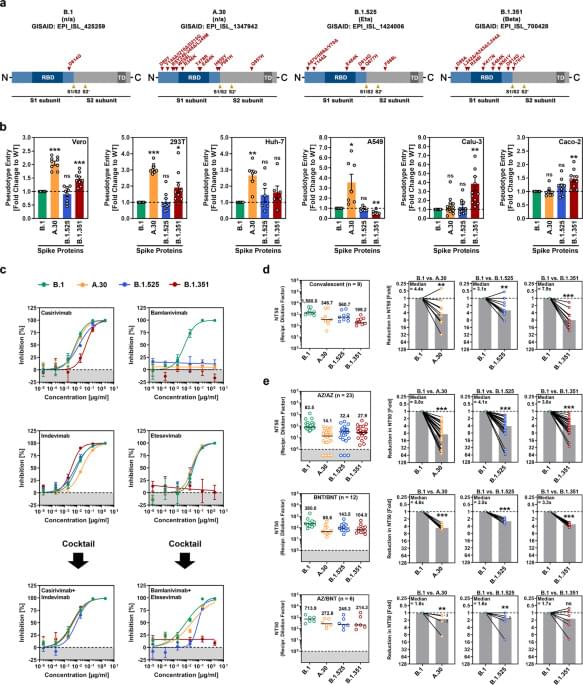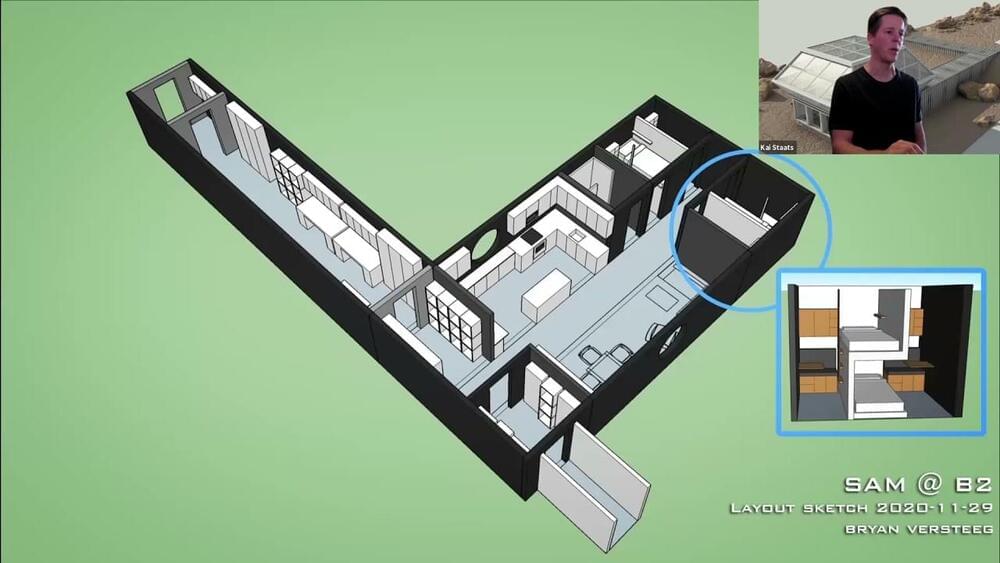Oct 31, 2021
Wealthy Chinese Shift Focus From Making Money to Protecting It
Posted by Kelvin Dafiaghor in category: economics
China’s rich aren’t sleeping well these days. As President Xi Jinping’s campaign to redistribute income gains momentum, the wealthy are on the defensive, deleting social media profiles and moving money around with an eye toward the next crackdown.
The new emphasis on protection is a shift for the upper classes, who have for years benefited from stellar economic growth and a relaxed official attitude to personal fortune. The country created a new billionaire every week in 2,021 bringing the total to more than 750 — more than India, Russia and Germany combined and just behind an estimated 830 in the U.S., according to the Bloomberg Billionaires Index.


















